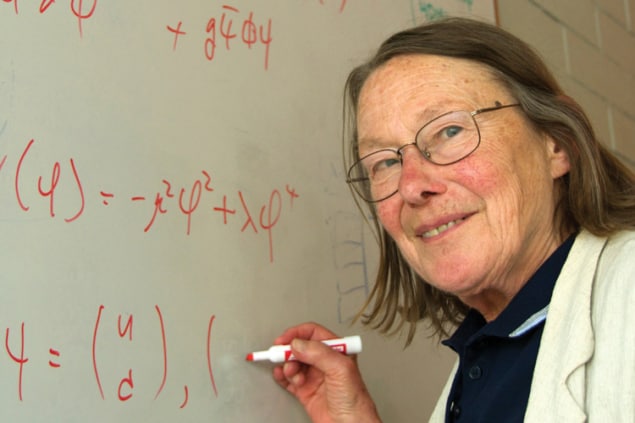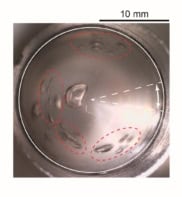Theorist Mary Gaillard’s memoir of life at CERN in the 1960s sparkles with insights, while an overview of the hunt for the rarest metals on Earth fails to deliver the goods

A survivor’s story
The properties of a good memoir are simple, yet elusive: the author needs to have something to say, and they need to be able to say it. In A Singularly Unfeminine Profession, the physicist Mary K Gaillard displays both qualities in abundance. As one of the leading theorists of her generation, she was both a participant in and a witness to the events that produced the Standard Model of particle physics. Moreover, as one of the field’s very few women, Gaillard has a vitally important story to tell about the swamp of sexism she had to slog through to get there. The book covers her entire career, but it focuses particularly on her time at CERN in the 1960s and 1970s. During this period, Gaillard made her name by predicting (with Ben Lee and Jon Rosner) the mass of the charm quark, but she also faced pervasive discrimination – something that initially surprised her when she arrived in Europe as a PhD student. In the US, she writes, “while many members of the physics community implicitly or explicitly expressed scepticism as to my ultimate survival in the field, there was no question of being refused the chance to try, and judgement on achievement was essentially objective”. Not so in 1960s France, where one academic after another declined to serve as her PhD adviser, offering a cavalcade of excuses and putdowns that Gaillard may have forgiven, but certainly hasn’t forgotten. Later, as her reputation grew, her position at CERN nevertheless remained irregular and (for the most part) unpaid. Well into the 1990s, she claims, the lab was simply “not ready” to hire a woman as a senior staff scientist. Have things changed? Gaillard agrees that they have – but not uniformly, and not as much as they should.
- 2015 World Scientific £16.00pb 200pp
Scarce resources
The world’s entire supply of platinum, melted down, would barely fill a swimming pool. Other elements are rarer still: all the Earth’s promethium, for example, would fit in the palm of a child’s hand. These and other exotic denizens of the periodic table are the subject of Rare: the High-Stakes Race to Satisfy Our Need for the Scarcest Metals on Earth. In it, science writer Keith Veronese offers an accessible (though US-centric) overview of the key issues surrounding these scarce but industrially important metals. Briefly, mining them is tricky; removing them from conflict-ridden countries is tricky and morally dubious; and recycling them is tricky, messy and energy intensive. But while there’s a lot of interesting material in Rare, it’s seldom explained in much depth, and the number of minor scientific inaccuracies is worryingly high. Ultimately, this is an important topic that deserves a better book.
- 2015 Prometheus Books /$25.00hb 270pp



